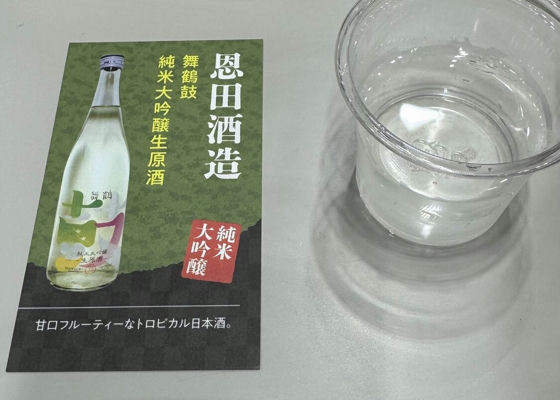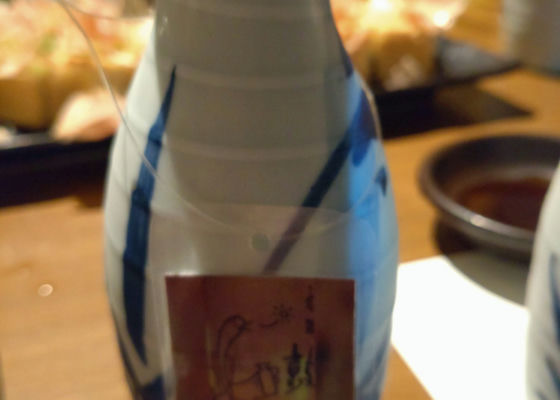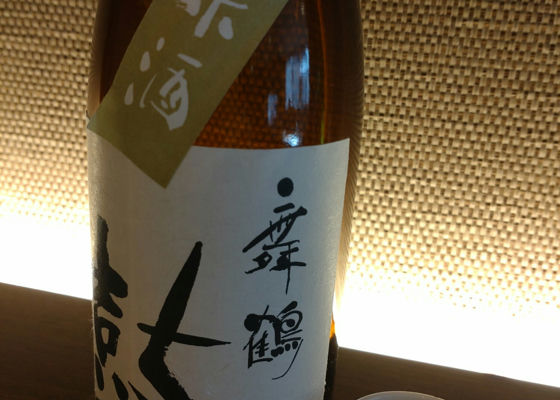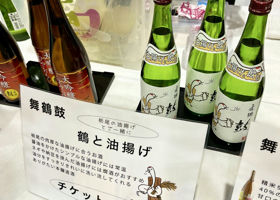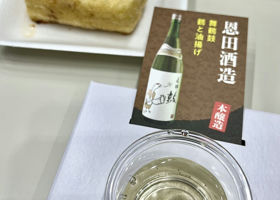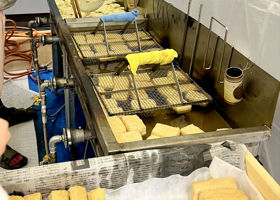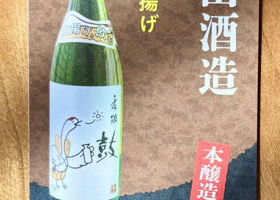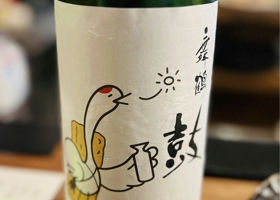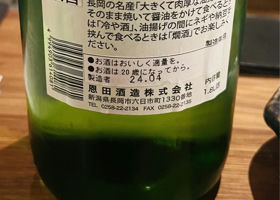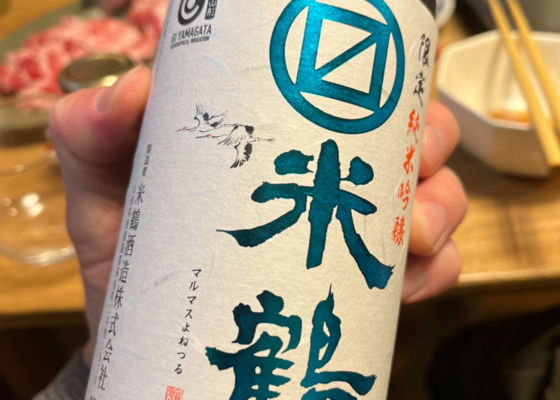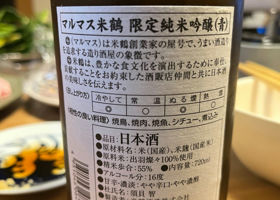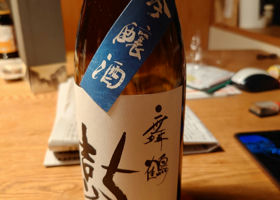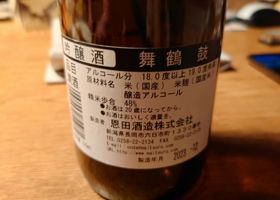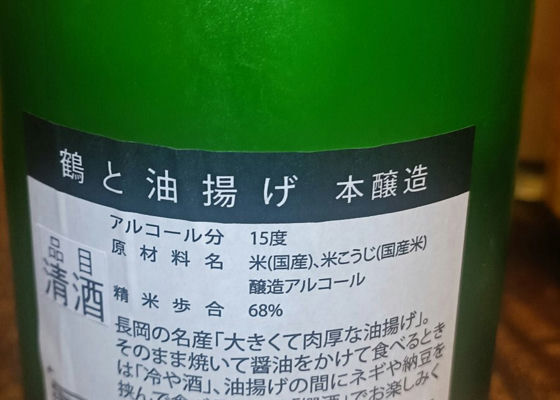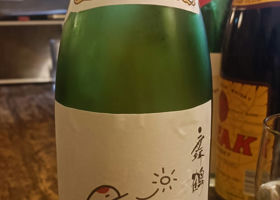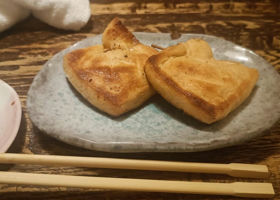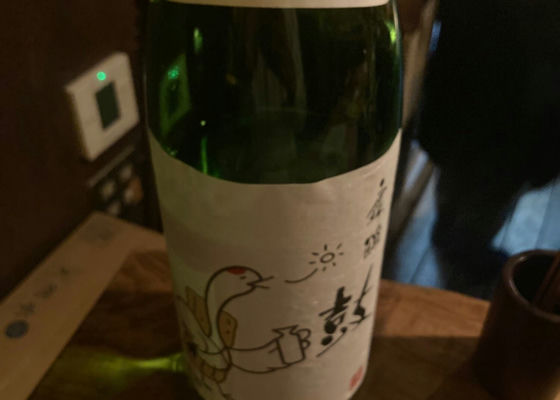Timeline
ぐりこVillage of Snow Shizuku
Dry but a little mild
Sake with a delicious rice flavor that does not leave an aftertaste くまさまFourth drink
I drank it because it was free with LINE registration. I actually have 4 tickets.
It's so sweet!
Anyway, it's sweet!
I think it's low in alcohol content, but I don't know.
I can drink this by itself, no need to get anything else. クウFirst time I've seen it. It has a richness and umami like smoked cheese. It has a peculiar taste, so I tried heating it up halfway through, and it went well with it. I think it's a habit, but I need to learn if I'm right... I imagine the habit becomes rounded out with warming. hoshiakiHonjozo 🍶tsuru Tsuru and Abura-age✨
Here is the 5th cup of Nagaoka Sake no Jin.
The claim is that it is the best match for fried bean curd 🎉 Kirei, dry. It also has a slightly sweet aftertaste. Certainly goes well with Tochio's deep-fried tofu 👍 Loosely. The flavor comes out.
Aole Nagaoka Arena @ Nagaoka 20240921 まーくんWe first had it at almost room temperature. It is a sake with a lot of acidity and a sense of rice afterwards. As the temperature drops, the lightness of the sake increases and you realize that it is a Niigata sake. On the second day, it was served on the rocks because it was not chilled. It was a very satisfying evening drink as I was able to further appreciate the unexpectedly beautiful flavor. Thank you very much. yamahei100% Dewa Tsannin is used. Yamagata is really delicious. Polishing ratio 55, slightly dry and slightly rich. It has a firm sharpness and a firm aftertaste. It has a bitter taste, which explains why it is called "japanesewine". ろっきぃIt's delicious.
It's very good. SayaMemo memo_φ(____)
Fried tofu and delicious 🤤. RecommendedContentsSectionView.title
